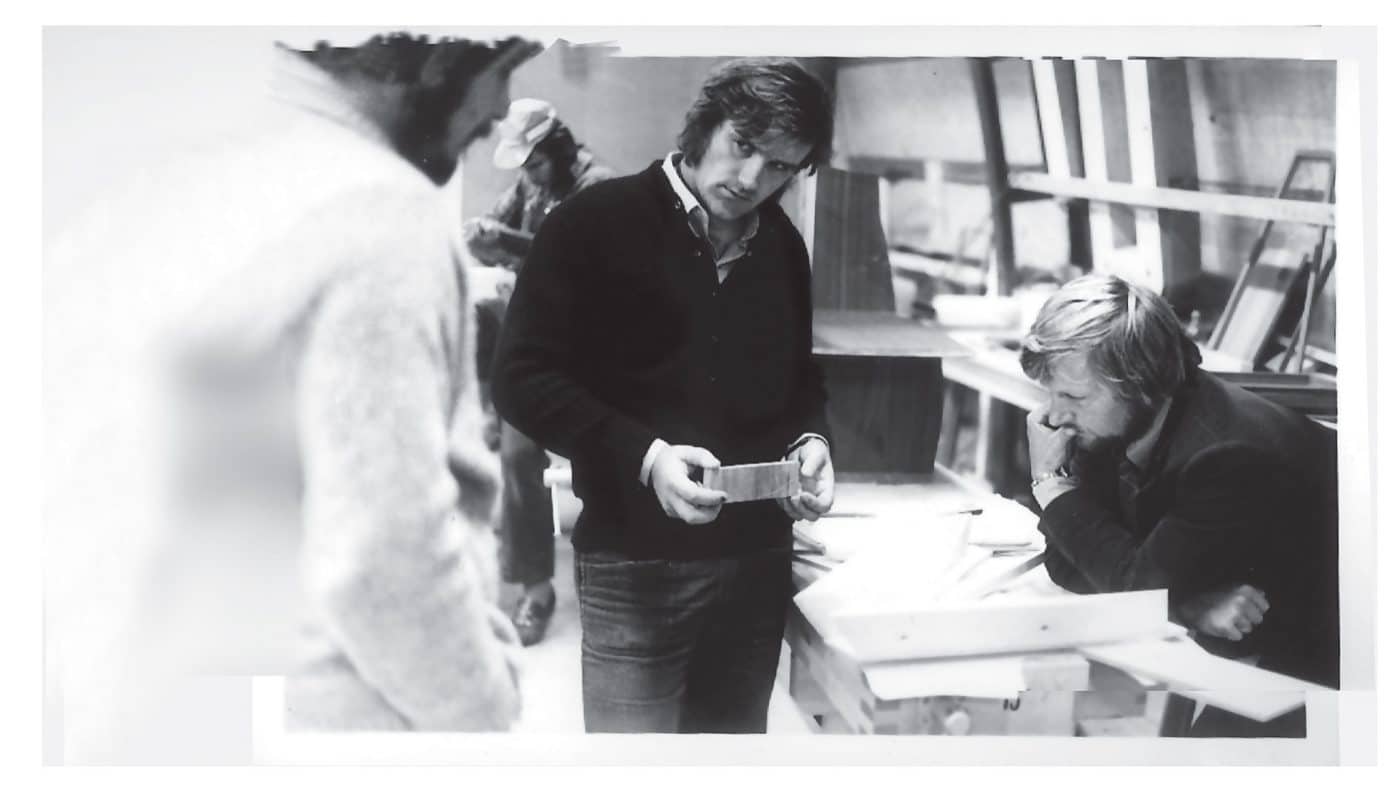
TALES FROM BALTIC’S MASTERMIND
15 April 2021
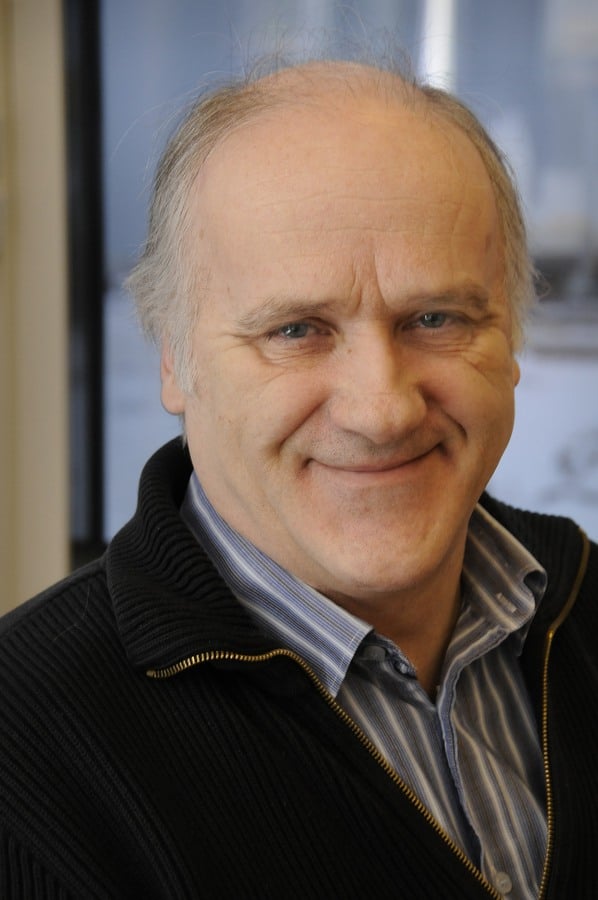
As Baltic Yachts approaches its 50th birthday, co-founder and yacht building polymath Per-Göran ‘PG’ Johansson recalls some of the key moments in the company’s eventful history
There can be few yacht builders who can boast an unbroken career with the company he co-founded almost 50 years ago. In that time PG Johansson has witnessed every twist and turn of a colourful, exciting and technically pioneering industry accumulating a wealth of fascinating stories, some familiar, some still untold. In his new occasional blog PG will be recalling his experiences of the yachts he has built, the people he has met and some of the more unusual events on the journey to turning clients’ dreams into reality.
As a founding member of Baltic Yachts, Per-Göran ‘PG’ Johansson has remained a constant source of knowledge, vision and inspiration throughout the company’s 48-year history, playing a fundamental role in shaping a business from its series production boat building roots to a world leader in advanced composite superyachts.
From the sell-out sensation of the Baltic 39 at the 1977 Hamburg Boat Show and the threat of cut-price mass production, to secret submarine work for the USSR during the Cold War and the growth of performance superyachting this century, PG has been on Baltic’s eventful journey every step of the way.
With no formal training, but with a gift for mathematics nurtured by his school teachers and university tutors, PG was one of five young men in their 20s who, in 1973, left neighbouring Nautor’s Swan determined to build lighter, stiffer and faster yachts. As the project manager of Nautor’s iconic Swan 65, PG tried to convince the management that the yacht, with its large hull panels, could be built lighter and stiffer, resulting in a faster, better boat.
Sensing an opportunity – light was right
Nautor’s elders were not convinced and despite PG’s deep respect for the company, which remains to this day, he and his four colleagues sensed an opportunity, founding Baltic Yachts in Bosund in 1973. Much debate ensued in the industry and media about heavy versus light yachts, some of it propaganda designed to derail the ideas of the young Finnish upstart. But PG and his breakaway cohort were convinced ‘light was right’ and their careful research and calculations proved it.
The founding of Baltic Yachts couldn’t have happened at a worse moment in global economics. The oil crisis of the 1970s was tightening its grip and Baltic Yachts had to be bailed out by Hollming Oy just a few years into its venture. But the Finnish ship-building giant had identified the technical advances evident at the fledgling yacht builder in Bosund and it believed in its future.
C&C were turning heads
Equally influential over Baltic’s development was the work of a fast-growing yacht designing and building operation thousands of miles away in Canada. Cuthbertson and Cassian – C&C Yachts – were turning heads on the race courses of North America and PG Johansson was impressed with their use of velocity prediction programs, polar curves and other design tools. “They were the first naval architects I’d come across to use processes like these, at a time when most designers couldn’t even spell computer,” recalled PG.
His association with the company’s head designer Rob Ball, whose affinity for deep research and design calculation matched PG’s own ideas, led to a series of C&C-designed Baltic production yachts, the Baltic 39 being among the most successful.
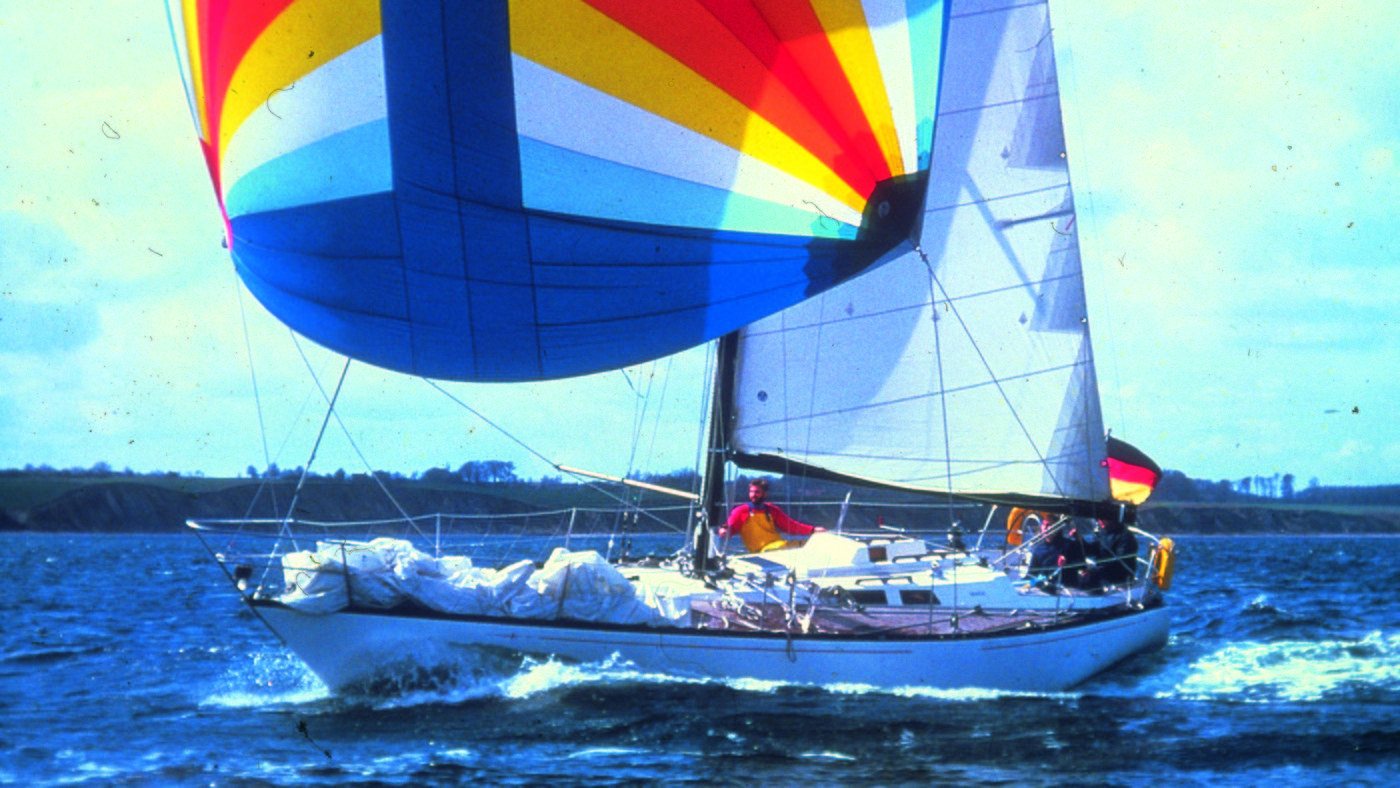
Baltic 39
Sold out before Baltic knew it
Extraordinarily, at the world premiere of the Baltic 39 at the 1977 Hamburg Boat Show, the yacht sold out almost before Baltic knew it. “We’d had lots of interested visitors on the first two or three days, but it wasn’t until later in the show, when I heard by chance from sailmakers and electronics companies that their customers were intending to buy a Baltic 39, that we realised we had a success on our hands!”
Selling 12 yachts of this calibre at a world premier was unheard of and it set Baltic Yachts on course with a string of successful C&C designs. Although the Baltic 39 stood out with 74 hulls sold, it was the judel/vrolijk-designed Baltic 43, launched in 1993, which was more commercially successful, according to PG. It was a sign of things to come and cemented Baltic’s relationship with another highly successful naval architect.
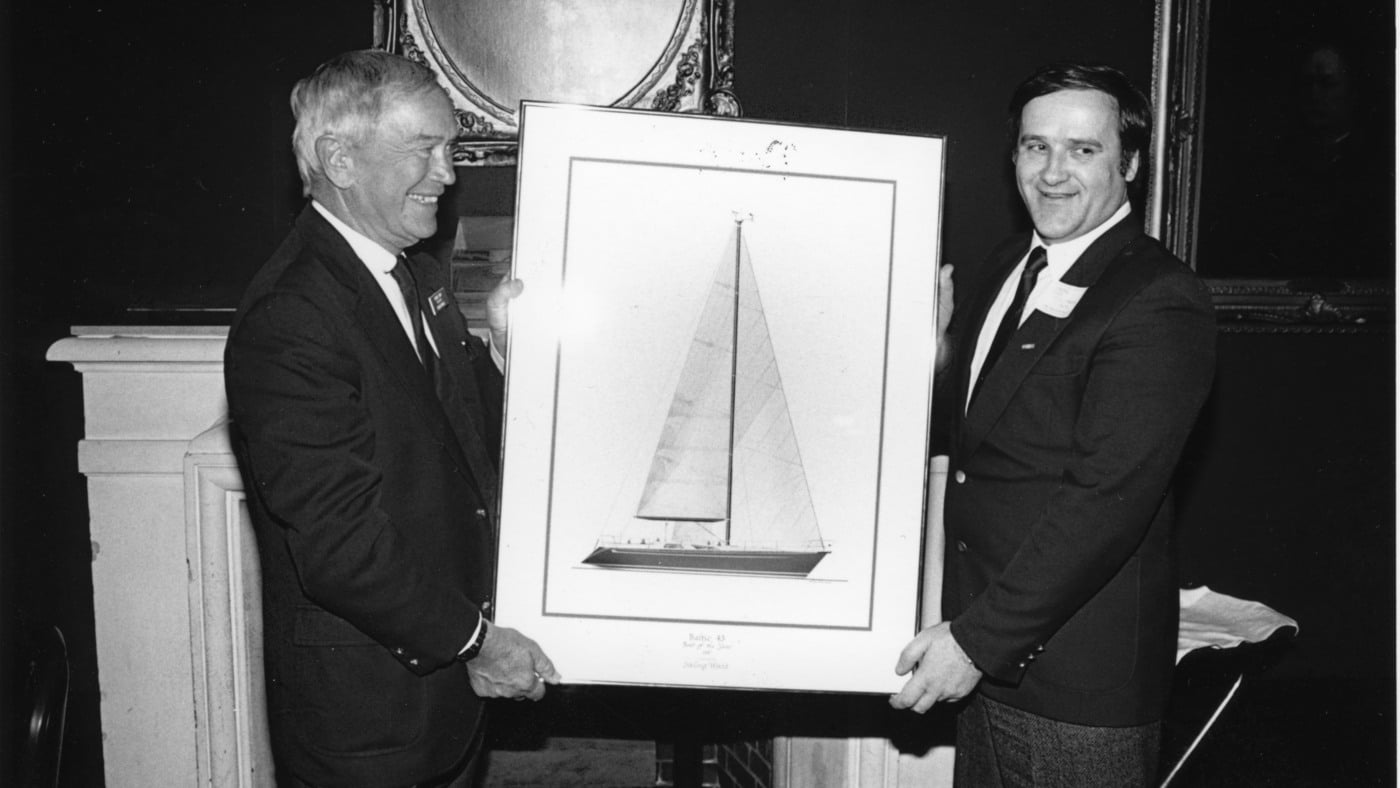
PG accepting the Boat of the Year award for the Baltic 43 in the New York Yacht Club.
Well versed in technical facts
But what accounted for this success?
Although Baltics were regarded as series production boats, in reality they were semi-custom – clients appreciated being able to make changes to suit their particular needs and to have a yacht that was unique, explained PG.
In addition, as head of marketing and sales, he was unusually well versed in hard technical facts like weight tables, sail area to displacement ratios and other hitherto ‘hidden’ information that rarely saw the light of day.
Mast and rig calculations for the Baltic 39, for instance, were extremely detailed and thorough. “We made our own masts in those days and used information from sensors to develop the calculations,” he explained.
Clients appreciated the detailed explanations and the fact that Baltic Yachts itself had examined design and used the latest technology to build lighter, stiffer and faster yachts. It was a policy as effective then as it is today.
“Even though we were 25% to 30% more expensive than many of our competitors, clients were happy to buy what they saw as a high-quality product which had been very well researched and built,” said PG.
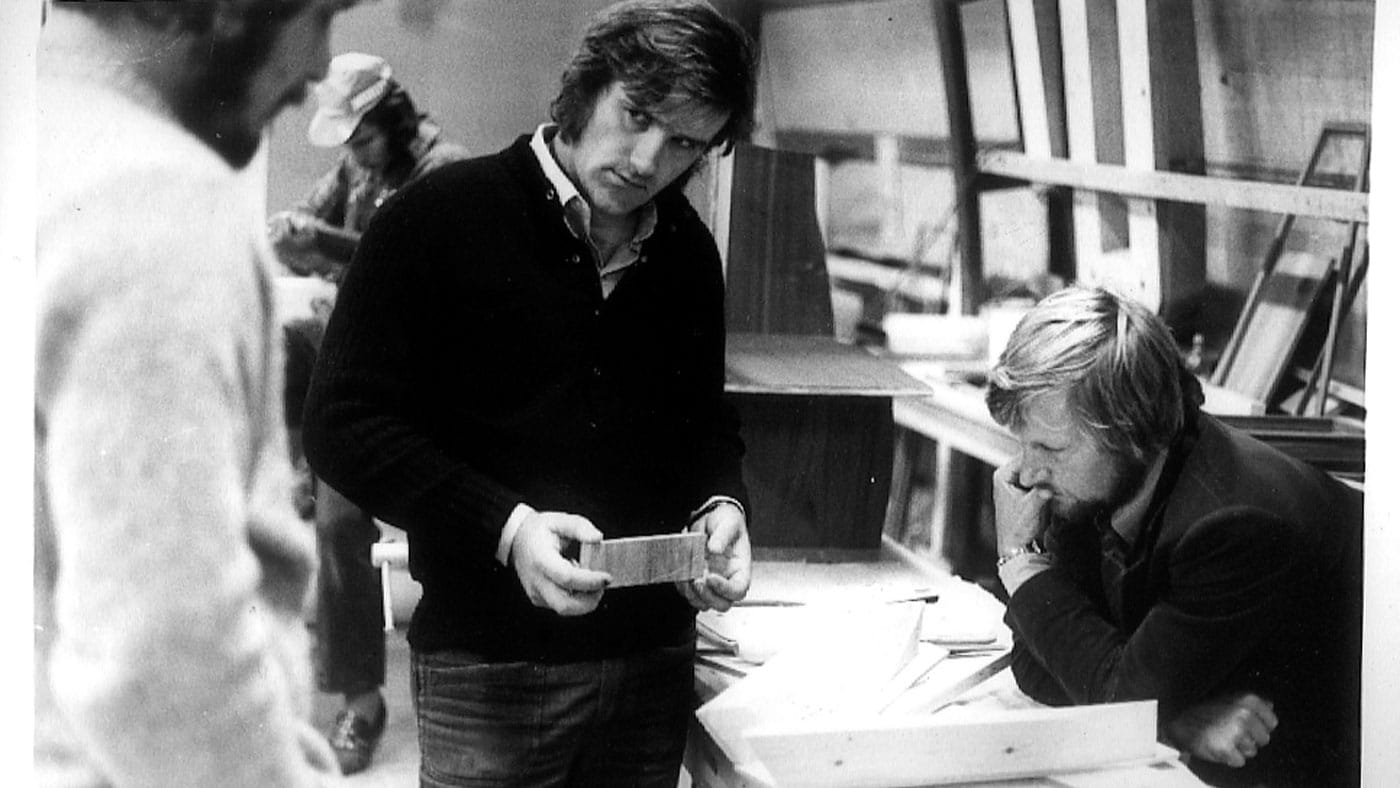
PG with two of the other founders Tor Hinders (right) and Nils Luoma (left).
Submarines in the Cold War
Meanwhile, Baltic Yachts’ owners Hollming were about to call on PG for some extremely unusual work. They were developing a secret project for the USSR which required specialist technical input from PG and his team in Bosund. It was the height of the Cold War and the Russians wanted to build two 26ft long, 19-ton submersibles capable of diving to a depth of 6km. Operated by the Russian Academy of Sciences, the Mir submersibles were to be used for research and possibly assist in submarine rescue missions. Hollming had the technical wherewithal the Russians were looking for, which involved cooperation with outside experts and the Baltic team who worked on the laminate design and methodology for the hull material.
Work on these advanced submersibles attracted the attention of the Americans, who when they realised the technology was a success were furious it had been sold to the Russians.

We found ourselves caught up in an international row, but we completed the project and learned a great deal about sandwich construction and vacuum-bagging in the process said PG.
Our clients wanted to get involved
As mass production of sailing yachts burgeoned in Europe in the mid to late 80s it became increasingly difficult for Baltic to compete on price. This trend coincided with a growing number of clients enquiring about larger yachts, possibly one-offs built on an entirely custom basis. “I was surprised to hear at one boat show that clients were actively discouraged from visiting their production yacht being built, whereas our clients wanted to get involved with their custom yacht right from the start,” said PG.
Once again, PG Johansson’s grasp of design and production encouraged clients to become deeply involved with planning and building to the extent that some enjoyed this process almost as much as sailing the end product. “That’s probably an exaggeration, but on one occasion returning to Jakobstad following a first trial sail the client said ‘well, that was great – what shall we do next?’.”
‘If you want to meet people, get into yacht building’
It also reflected an evolving industry. PG explained that few careers provided the opportunity to meet and work alongside so many accomplished people who were keen to involve their own skills in building the yacht that Baltic would create.
I began to realise that if you wanted to go sailing you shouldn’t get into yacht building, but if you wanted to meet the most interesting people in life then you should be a yacht builder! said PG.
“Yachts might be interesting, but people can be more interesting.”
The Baltic 147 Visione, launched in 2002 with naval architecture by Reichel Pugh, is arguably one of the best examples of using advanced technology and ongoing owner input to great effect. A yacht widely accepted as being ahead of her time in terms of design and still hard to beat on the superyacht race courses of the world, Visione epitomises the innovative approach taken by Baltic Yachts and how effective owner involvement can be.
Need for positive consequences
For PG Johansson it was a stand-out project. “She is still a super hi-tech boat – when she was being designed and built, the owner was always looking at ways to save weight but the saving had to be worth it – there had to be positive consequences,” explained PG.
Visione had a conventional diesel engine but a hydraulic transmission system. “‘What if we built the hydraulic pump out of titanium – how much weight would we save?’ I was asked. We made the calculations, looked at the changes and was given the go-ahead,” said PG. But the owner knew where to draw the line.
PG explained that by using a highly unusual radioactive waste material which was 45% heavier than lead, the keel bulb size could be dramatically reduced. “Was there a down-side? Well, it would cost $6 million, at which point the idea was shelved!”
Visione heralded the start of a remarkable era during which some of the finest super-sailing yachts were launched by Baltic Yachts, elevating the company to the very forefront of advanced composite yacht building.
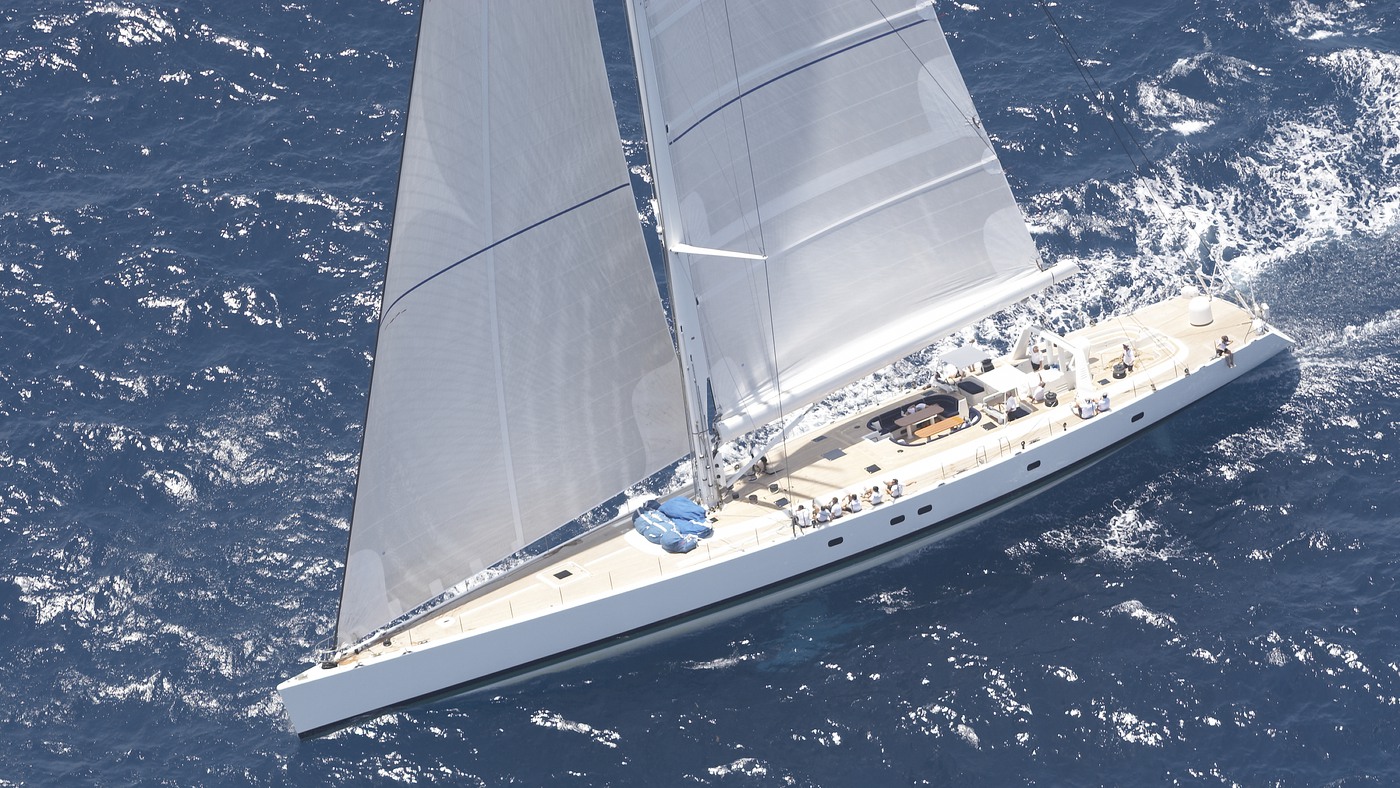
Baltic 147 Visione
Ordering Pink Gins
Repeat customers are a sure sign of company success and the series of Pink Gin projects provides a perfect illustration. PG recalls the first yacht ordered by Professor Hans Georg Näder was a 97ft judel/vrolijk design displaying a relatively classic outward appearance hiding a hi-tech carbon hull. Despite her cruising credentials she weighed in at just 52 tons, light for a yacht of her type and era.
Her successor, a 152-footer launched in 2006, was also deceptively fast, her elegant, long overhangs belying a performance which rewarded her owner by famously winning the Millennium Cup in Palma de Mallorca in 2007, coinciding with the America’s Cup held in nearby Valencia. Again, in conjunction with judel/vrolijk, PG and his team had invested a lot of time in optimising design and engineering.
The third Pink Gin, the Baltic 175 launched in 2017, was at the time the largest carbon fibre sloop in the world, winning awards for the highly complex and successful engineering which enabled fold-out balconies to be built into her topsides.
Between these three hi-tech cruising yachts, the same client built the appropriately named Interim, hull number 21 of the successful Baltic 40, as a stop-gap while the first Pink Gin was under construction; Bionic Elk, a canting keeled 56-footer with twin daggerboards, and Ice, a 43ft, super-fast, easy to handle day sailer, all of which epitomised Baltic Yachts’ passion for new ideas.
By the time Professor Näder was planning his third Pink Gin he had invested in a stake in Baltic Yachts and so confident is he of the company’s ability he now owns it in its entirety.
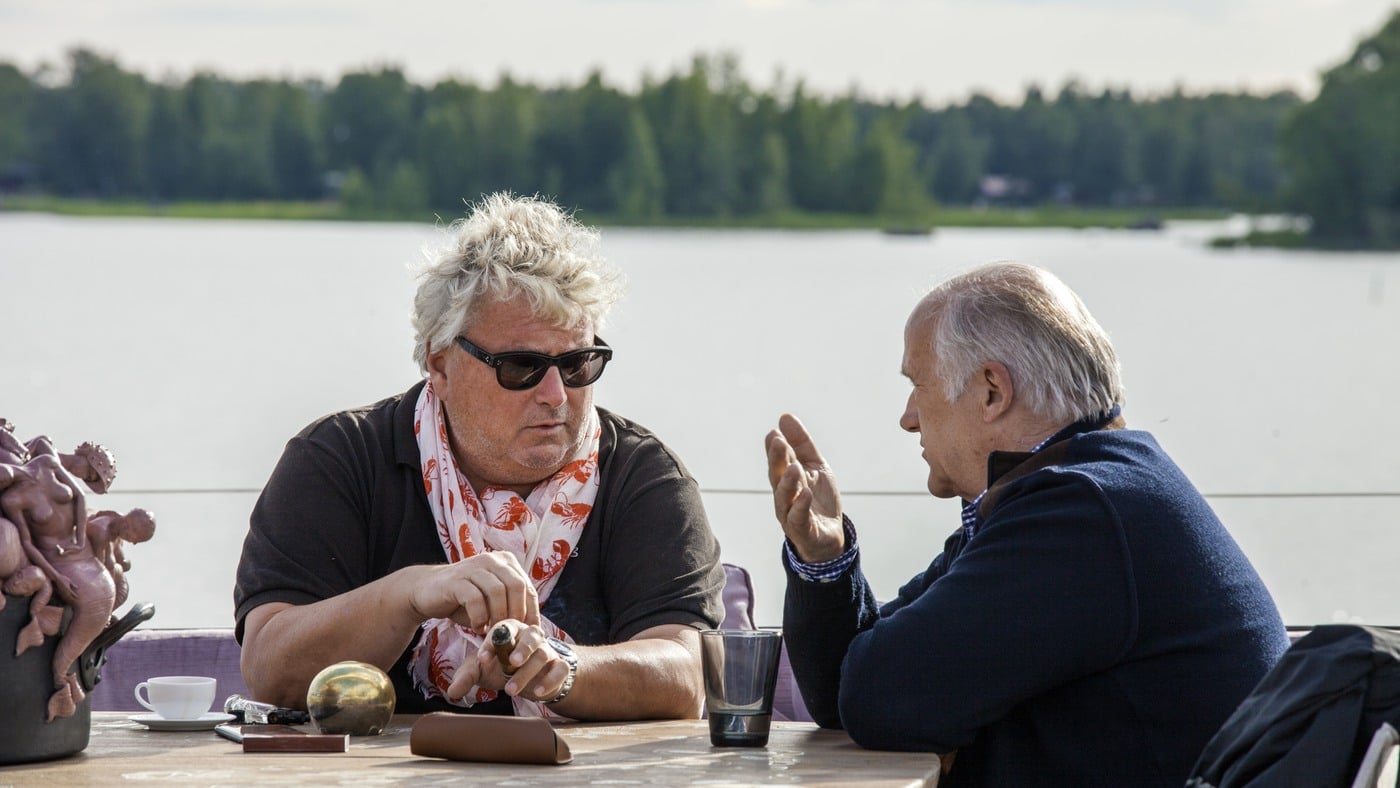
Professor Hans Georg Näder and PG during the christening of Baltic 175 Pink Gin in Finland 2017
Accumulated data for 550 yachts
The accumulated knowledge, formulae and data for more than 550 yachts built over a period of nearly 50 years still forms the foundation of Baltic Yachts’ research and development and is used by the young teams of designers and engineers following in PG’s footsteps.
Some of the more recent award-winning superyachts from Visione, Hetairos, Innuksuk and Nilaya to Nikata, My Song, WinWin, Pink Gin and the foil-assisted Canova have all benefitted from input from the company’s unique data base. “Although I officially retired in 2009 I occasionally get involved with a new project,” said PG.
One question he is sometimes asked by clients is, “Why don’t you design my yacht?” PG responds: “It’s great to be asked that question because it indicates clients know what we are doing and are capable of designing a yacht – but our relationship with the world’s top designers is one of our greatest assets and one I would always want to preserve.”
A special tribute
He pays particular tribute to the Baltic Yacht Family, the team behind everything he’s done and without whom very little if anything would have been achieved.
“I have had the opportunity and honour to represent what I believe is one of the world’s best possible boat builders,” said PG.
As such I have been lucky enough to receive personal credit from across the world, but a large part of this should be attributed to the amazing work of our Baltic team
TELL TALES - PG Johansson's Baltic blog
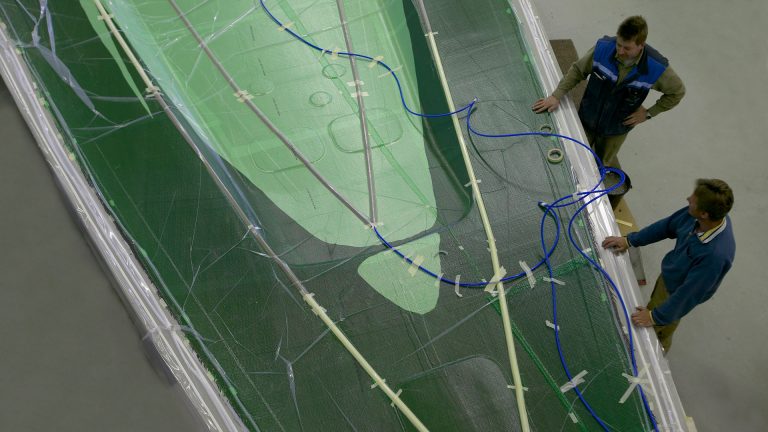
TELL TALES: AHEAD OF THE CURVE
One of the ideas/concepts we had starting Baltic Yachts, was that we were convinced that if we could build yachts...
MORE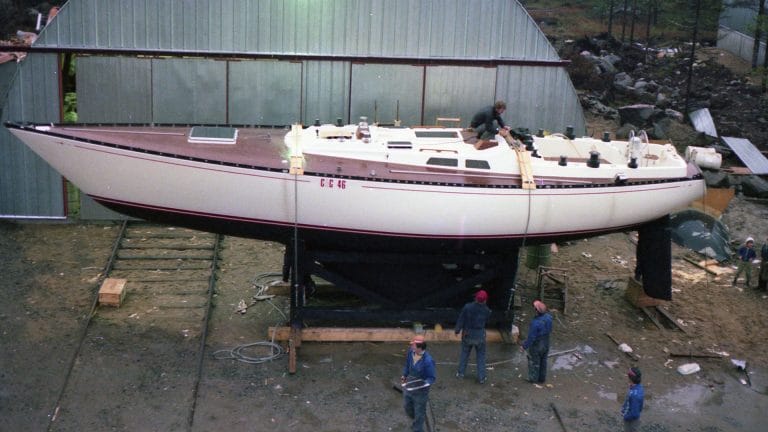
TELL TALES: DOWN THE MEMORY LANE
During the many years I have been active in the yachting business there has been an almost enormous development in...
MORE